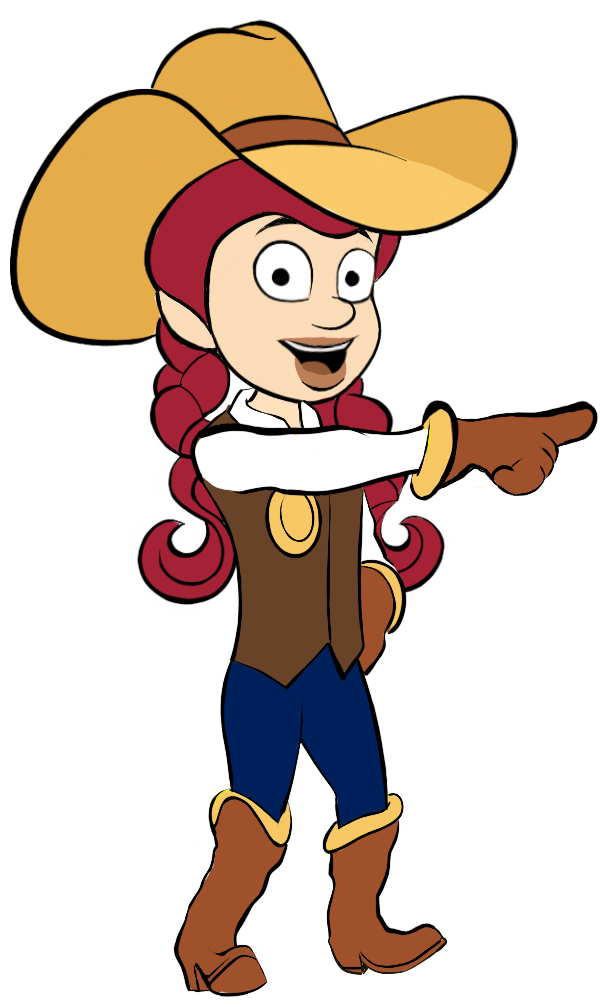Activity Overview: Students bring their lunch to school for lots of reasons, dislike of school food, special diet, to fit in with other kids, etc. Many times at home, parents have the greatest of intentions when making or purchasing the food that goes into those lunches. Yes, large containers of applesauce are cheaper and better for the environment (less packaging), but those single serving cups are easy. And at 6:00 a.m. when you are packing that lunch, easy often trumps environmentally friendly.
Students will consider actions that generate lunch trash and examine ways to generate less.
Show the students a reusable lunch box and a paper sack. Ask for a show of hands on how many use each one. Ask them which they think is better for the environment. Ask the students to give some examples of what might be inside each lunch kit. List the examples on the board and ask if there is anything left when they are finished eating (packaging, for example) and if it can be reused or recycled.
This activity can be done as a class or as small groups. Examine the contents of each lunch, including any packaging, edible items and non- edible items. Discuss and estimate the amount of trash that will be generated by each lunch, then weigh and record the items from the lunchbox in grams (including any packaging that was used for that item). After eating the edible portions of the lunch, weigh the non- recyclable, recyclable, reusable, and compostable waste from each lunch and record those results.
Discussion:
Create a poster campaign for the cafeteria encouraging students to cut back on the waste in their lunches. Write an article to be placed in the parent newsletter that explains your campaign and gives parents examples of a “trash- less” lunch.
Adapted from: Waste Not, Want Not from the Los Angeles Educational Partnership
TEKS
SCI.K.1A, SCI.1.1A, SCI.2.1A, SCI.3.1A, SCI.4.1A, SCI.5.1A, SCI.6.1A, SCI.7.1A, SCI.8.1A
SCI.K.1B, SCI.1.1B, SCI.2.1B, SCI.3.1B, SCI.4.1B, SCI.5.1B, SCI.6.1B, SCI.7.1B, SCI.8.1B
SCI.K.2A, SCI.1.2A, SCI.2.2A, SCI.3.2A, SCI.4.2A, SCI.5.2A, SCI.6.2A, SCI.7.2A, SCI.8.2A
SS.K.15A, SS.1.18A, SS.2.19A, SS.3.18A, SS.4.22C, SS.5.25C, SS.6.22C
SS.K.15B, SS.1.18B, SS.2.19B, SS.3.18B, SS.4.22D, SS.5.25D, SS.6.22D, SS.7.22D, SS.8.30D

We'd love to help answer any questions and help you get started! Drop us a line and we'll get back to you as soon as we can.
Watt Watchers of Texas
204 E. Dean Keeton Street, Austin, Texas 78712
contact@watt-watchers.com
Nos encantaría contestarle cualquier pregunta que tenga y ayudarle empezar! Envíenos un mensaje y nos pondremos en contacto con usted lo antes posible.
Watt Watchers de Texas
204 E. Dean Keeton Street, Austin, Texas 78712
contact@watt-watchers.com